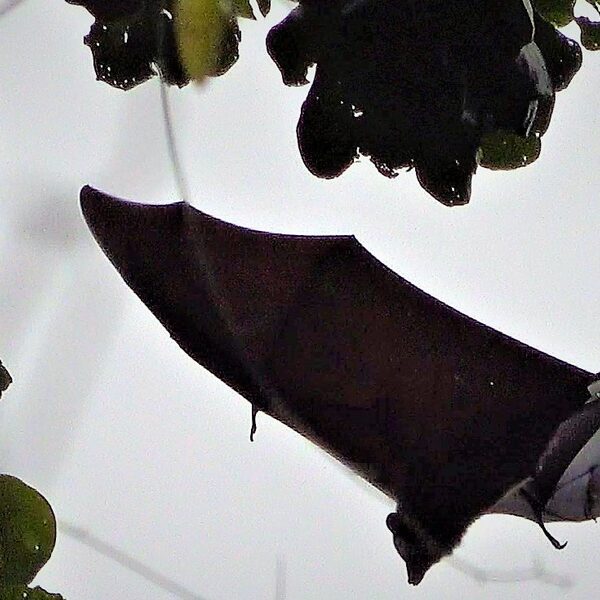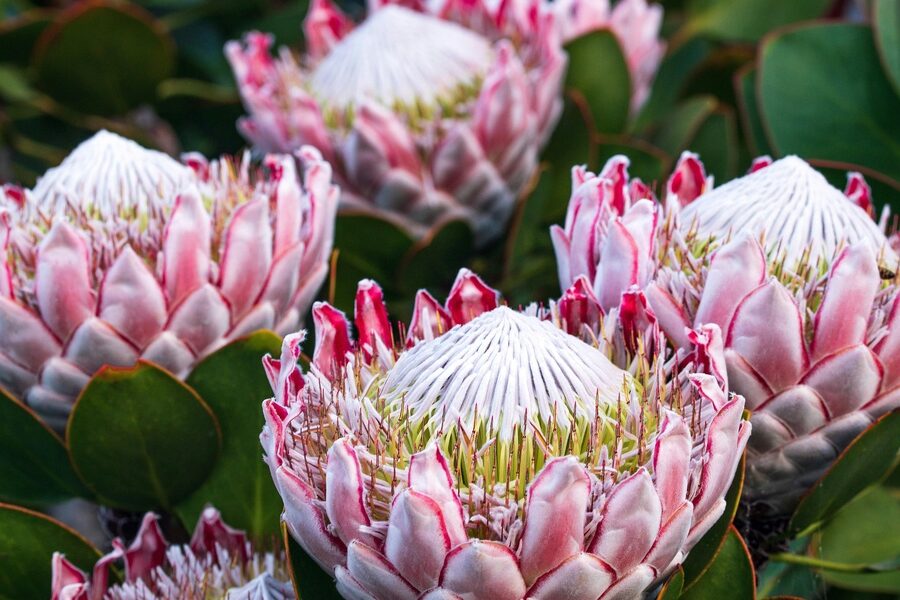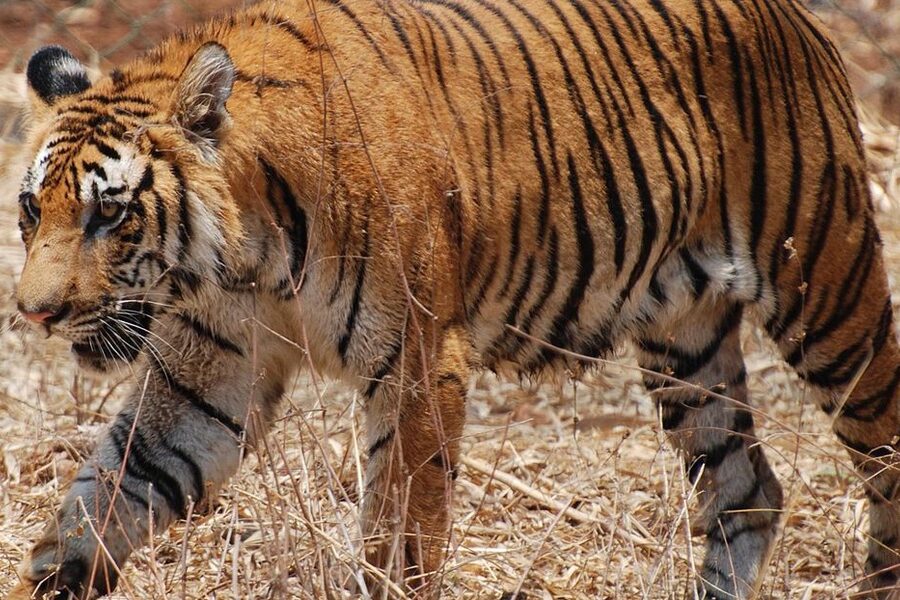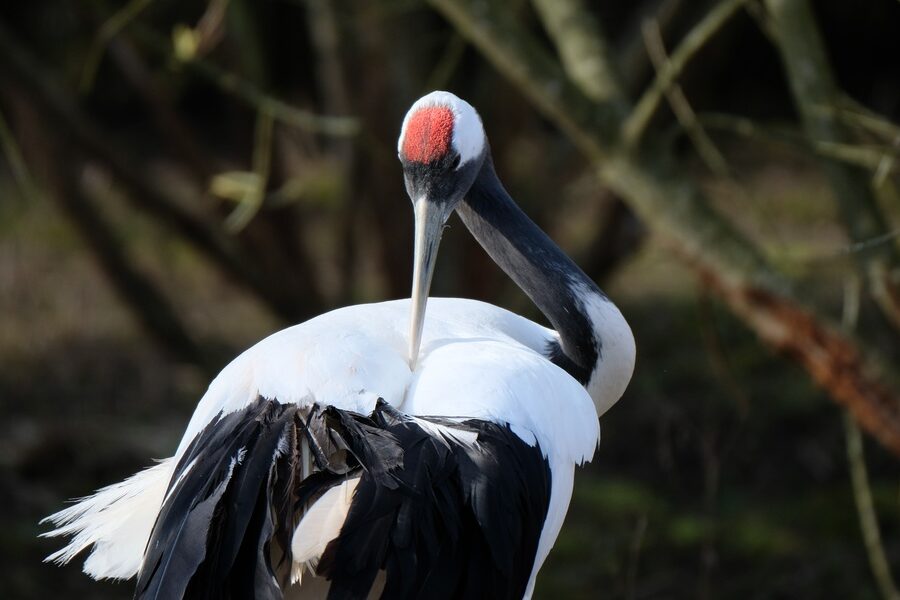Thailand’s forests, coasts and islands hide a surprising wealth of wildlife, from lowland floodplains to montane cloud forest. Conservation areas and community reserves protect pockets where uncommon species still survive, and local guides often know the best spots for sightings and gentle observation.
There are 32 Rare Animals in Thailand, ranging from the Asian elephant to the White-handed gibbon. For each entry, data are organized by Scientific name,IUCN status,Habitat & range so you can quickly see taxonomy, threat level and where each species lives — you’ll find below.
How endangered are these rare animals and what does their IUCN status mean for conservation?
IUCN categories (like Endangered or Vulnerable) show relative extinction risk and guide priorities: species listed as Endangered need urgent habitat protection and anti-poaching measures, while those listed as Vulnerable benefit from targeted monitoring and habitat corridors. Status helps NGOs and authorities allocate resources effectively.
Where in Thailand am I most likely to see one of these rare species responsibly?
Look for protected national parks, wildlife sanctuaries and licensed community-based tours that follow ethical viewing rules; lowland forests and riverine corridors often favor larger mammals, while hill forests and isolated islands host more specialized primates and birds. Always choose operators who prioritize minimal disturbance and local conservation.
Rare Animals in Thailand
| Name | Scientific name | IUCN status | Habitat & range |
|---|---|---|---|
| Indochinese tiger | Panthera tigris | EN | Tropical forest; Western Forest Complex, Thung Yai, Huai Kha Khaeng |
| Asian elephant | Elephas maximus | EN | Dry evergreen & deciduous forest; Northern and Western provinces, western forest complexes |
| Malayan tapir | Tapirus indicus | EN | Lowland rainforest; Peninsular Thailand, southern provinces |
| Banteng | Bos javanicus | EN | Tropical forest & open areas; Western and southern protected areas |
| Gaur | Bos gaurus | VU | Moist evergreen & deciduous forest; Western and northern ranges |
| Dhole | Cuon alpinus | EN | Dry evergreen and mixed forest; Western Forest Complex, northern ranges |
| Sun bear | Helarctos malayanus | VU | Tropical lowland forest; Southern and western forests |
| Asiatic black bear | Ursus thibetanus | VU | Montane & evergreen forest; Northern and western provinces |
| Clouded leopard | Neofelis nebulosa | VU | Evergreen & hill forest; Southern and western Thailand |
| Leopard | Panthera pardus | VU | Mixed forest & foothills; Scattered western and northern parks |
| Fishing cat | Prionailurus viverrinus | VU | Wetlands, mangroves; Gulf coast, southern estuaries |
| Siamese crocodile | Crocodylus siamensis | CR | Freshwater wetlands; scattered protected wetlands, occasional reports |
| Irrawaddy dolphin | Orcaella brevirostris | VU | Coastal waters & estuaries; Gulf of Thailand, river mouths |
| Dugong | Dugong dugon | VU | Seagrass beds; Gulf of Thailand, Trang, Satun coasts |
| Hawksbill turtle | Eretmochelys imbricata | CR | Coral reefs & nesting beaches; southern coasts, Similan, Trang |
| Leatherback turtle | Dermochelys coriacea | CR | Open ocean & nesting beaches; occasional nesting on southern coasts |
| Green turtle | Chelonia mydas | EN | Seagrass beds & nesting beaches; Gulf and Andaman coasts |
| Sunda pangolin | Manis javanica | CR | Lowland forest; scattered southern and western forests |
| Chinese pangolin | Manis pentadactyla | CR | Dry evergreen and deciduous forest; northern and central Thailand remnant records |
| White-handed gibbon | Hylobates lar | EN | Lowland evergreen forest; southern and western forest fragments |
| Siamang | Symphalangus syndactylus | EN | Lowland evergreen & hill forest; Peninsular and southern Thailand |
| Gurney’s pitta | Hydrornis gurneyi | EN | Lowland rainforest & bamboo; Ranong, Phang Nga, southern pockets |
| Helmeted hornbill | Rhinoplax vigil | CR | Lowland rainforest; southern Thailand, Trang, Satun forests |
| Great hornbill | Buceros bicornis | VU | Evergreen forest; northern and western protected areas |
| Spoon-billed sandpiper | Calidris pygmaea | CR | Coastal mudflats; Gulf of Thailand stopovers, very scarce |
| Whale shark | Rhincodon typus | EN | Offshore & reef waters; Similan, Andaman Sea sightings |
| Eld’s deer | Rucervus eldii | EN | Open deciduous forest & grassland; Khao Nor Chuchi, protected reserves |
| Hog deer | Axis porcinus | EN | Wet grasslands & riverine plains; isolated central and northeastern pockets |
| Serow | Capricornis sumatraensis | VU | Steep forested hills; northern and western mountains |
| Binturong | Arctictis binturong | VU | Lowland and hill forest; southern and western Thailand |
| Baer’s pochard | Aythya baeri | CR | Freshwater lakes & wetlands; rare winter visitor, scattered records |
| Black-faced spoonbill | Platalea minor | EN | Coastal mudflats & estuaries; Gulf of Thailand stopovers |
Images and Descriptions
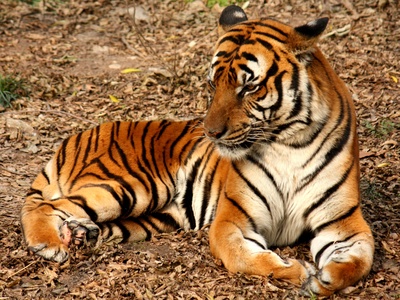
Indochinese tiger
The Indochinese tiger is Thailand’s iconic big cat, now fragmented and very scarce from poaching and habitat loss. Surviving only in large protected forests, it draws major conservation efforts and remains a key symbol of Thailand’s wildlife recovery challenges.

Asian elephant
The Asian elephant is a culturally important giant but endangered in Thailand due to habitat loss and conflict with people. Small, fragmented herds persist in forested provinces; conservation focuses on corridors, conflict mitigation, and protected landscapes.
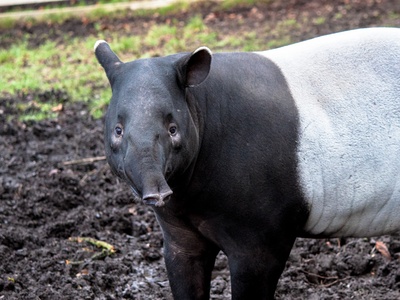
Malayan tapir
The Malayan tapir is a distinctive black-and-white forest mammal now rare in southern Thailand. Habitat loss and hunting have reduced numbers; it’s notable for its ancient lineage and secretive, nocturnal habits in remaining lowland rainforest patches.
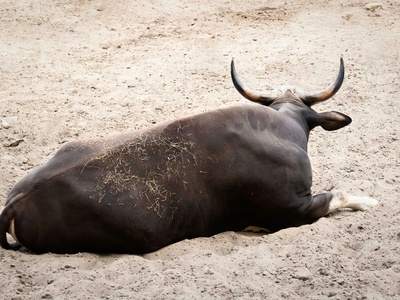
Banteng
Banteng are wild cattle now scarce in Thailand, surviving in protected forests and grasslands. Overhunting and habitat conversion caused steep declines; they are central to forest ecosystem function and occasional reintroduction programs.
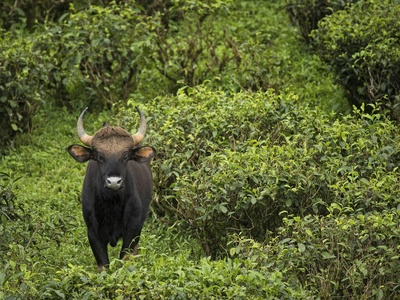
Gaur
The gaur is a large wild bovine, vulnerable and declining in Thailand. Found in remote forest blocks, it is hunted and threatened by habitat fragmentation, but still present in several protected areas where populations are monitored.
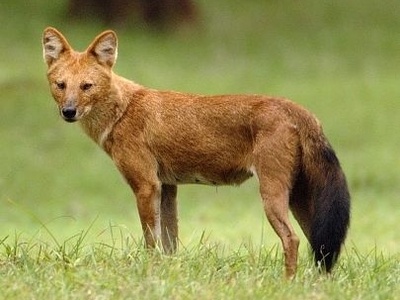
Dhole
The dhole is a social wild dog, endangered in Thailand from prey loss and persecution. It survives in small packs in large forest reserves; notable for complex pack hunting and thin, isolated populations needing landscape-level protection.
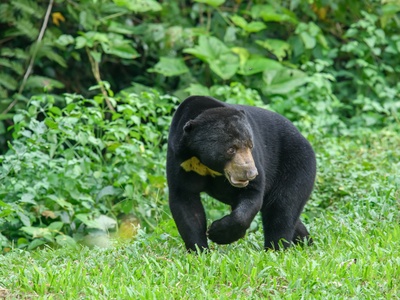
Sun bear
The sun bear is Southeast Asia’s smallest bear, vulnerable and increasingly rare in Thailand due to habitat loss and poaching for bile and pet trade. They persist in remaining lowland rainforest and are notable for their climbing and nocturnal habits.
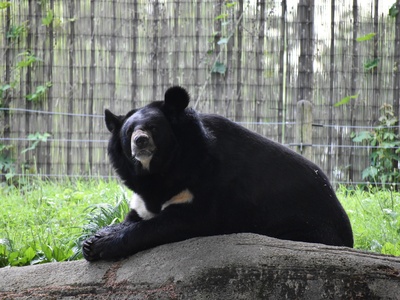
Asiatic black bear
The Asiatic black bear is vulnerable and locally scarce in Thailand’s upland forests. Targeted by poaching and forest clearing, these bears need secure forest corridors; they are notable for their distinctive white chest patch and arboreal ability.
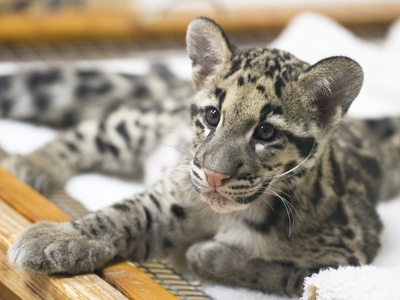
Clouded leopard
The clouded leopard is a secretive, medium-sized wild cat vulnerable in Thailand. Rare and mainly nocturnal, it inhabits hill and evergreen forests. Its cloud-like coat and arboreal hunting make it a sought-after but seldom-seen species.
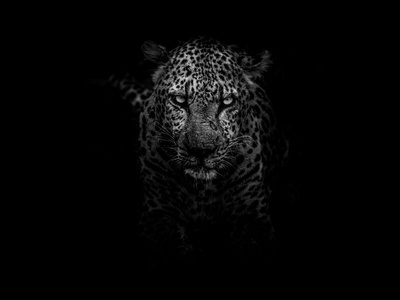
Leopard
The leopard is a vulnerable big cat in Thailand, now reduced to small, isolated populations. Elusive and adaptable, it survives in protected forest patches but is threatened by poaching and loss of prey species.

Fishing cat
The fishing cat prefers wetlands and mangroves and is vulnerable in Thailand from wetland loss and persecution. Rare in coastal and riverine habitats, it’s notable for hunting fish and its dependence on intact aquatic ecosystems.
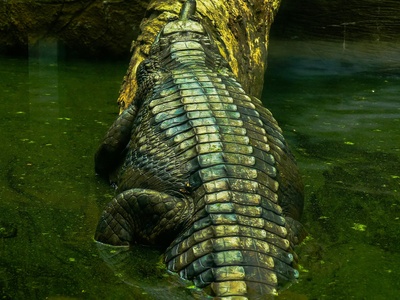
Siamese crocodile
The Siamese crocodile is critically endangered with extremely small, fragmented wild populations in Thailand’s freshwater wetlands. Once widespread, it now survives in isolated pockets and captive breeding is part of conservation attempts to prevent extinction.
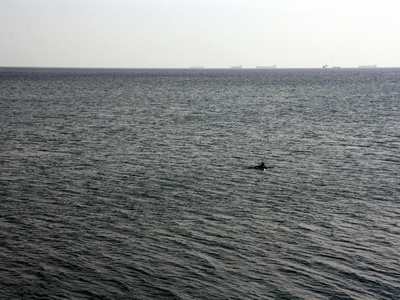
Irrawaddy dolphin
The Irrawaddy dolphin is a shy, coastal and estuarine odontocete vulnerable in Thai waters. Small, localized groups face bycatch and habitat degradation; notable for their rounded heads and freshwater-to-coastal distribution.

Dugong
The dugong is a seagrass-dependent marine mammal vulnerable in Thailand. Scattered, low-density populations face boat strikes, netting and coastal development. They are charismatic symbols of healthy seagrass ecosystems and crucial to seagrass conservation.
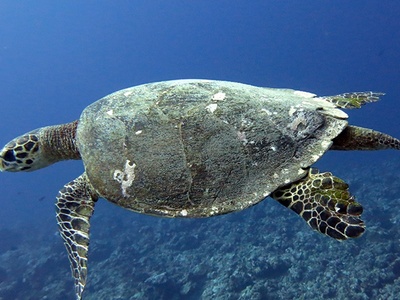
Hawksbill turtle
The hawksbill turtle is critically endangered and rare in Thailand, nesting unevenly on southern beaches and foraging around coral reefs. Valued for its shell, illegal trade and habitat loss make protection of nesting sites vital.

Leatherback turtle
The leatherback is a critically endangered deep-diving turtle, very rare in Thai waters and a sporadic nester. Threatened by fisheries bycatch and coastal pressures, its size and oceanic migrations make sightings exceptional events.

Green turtle
The green turtle is endangered and still nests on some Thai beaches and forages on seagrass beds. Poaching and coastal development have reduced numbers, so protected nesting sites and community monitoring are crucial for recovery.

Sunda pangolin
The Sunda pangolin is critically endangered in Thailand, heavily targeted by international trafficking. Extremely rare in the wild, it is notable for its keratin scales and nocturnal, solitary habits; urgent anti-poaching measures are key.
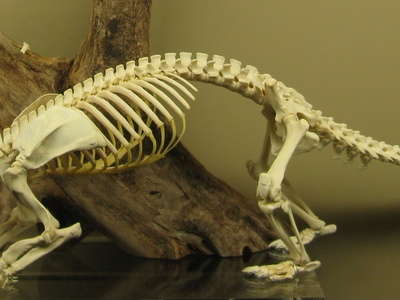
Chinese pangolin
The Chinese pangolin is critically endangered and now extremely scarce in Thailand from intense poaching. Mostly solitary and nocturnal, its decline highlights wildlife trade impacts and the need for strict protection and rescue efforts.
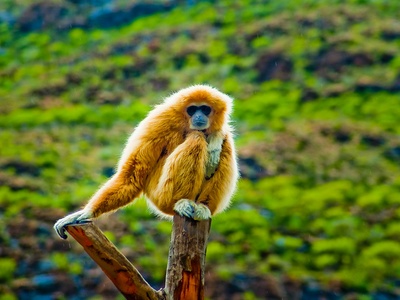
White-handed gibbon
The white-handed gibbon is endangered and locally rare in Thailand, surviving in fragmented lowland forests. Known for loud morning calls and pair bonds, gibbons are sensitive to forest loss and hunting for the pet trade.
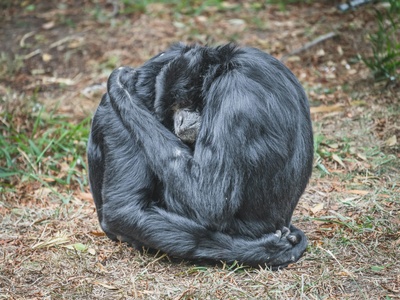
Siamang
The siamang is an endangered large gibbon found in southern Thailand. Famous for its throat sac and vocal duets, populations are small and threatened by habitat fragmentation, making protected forest blocks critical for survival.

Gurney’s pitta
Gurney’s pitta is an endangered, brilliantly colored forest bird once feared extirpated but rediscovered in southern Thailand. Extremely local and habitat-specific, it’s rare and a conservation success story focused on protecting lowland rainforest.
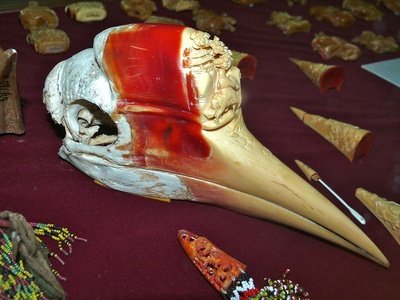
Helmeted hornbill
The helmeted hornbill is critically endangered due to demand for its casque and habitat loss. Rare in southern Thai rainforests, it is notable for unique casque-based cultures and dramatic declines that make anti-poaching vital.
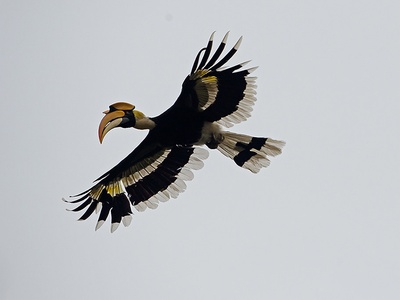
Great hornbill
The great hornbill is a large, vulnerable forest bird now uncommon in Thailand. It depends on large trees for nesting, and habitat loss plus hunting have reduced numbers; spectacular to see and important for seed dispersal.
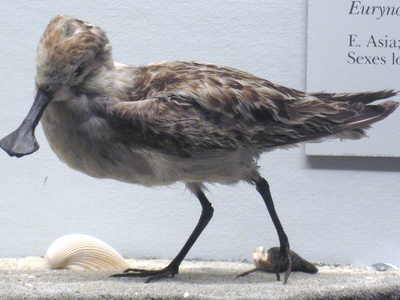
Spoon-billed sandpiper
The spoon-billed sandpiper is critically endangered and an exceptionally rare migrant to Thai mudflats. Threatened across its tiny range, sightings are prized; conservation focuses on protecting intertidal feeding grounds during migration.
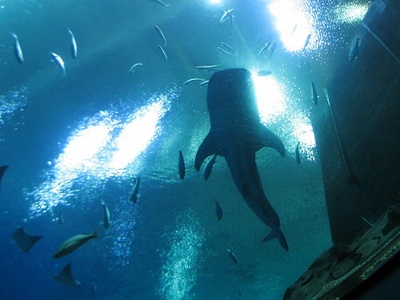
Whale shark
The whale shark is an endangered filter-feeding giant occasionally seen in Thai seas around dive sites. Though not resident, these rare visitors draw ecotourism; protection from boat strikes and disturbance is important where they aggregate.

Eld’s deer
Eld’s deer is an endangered Southeast Asian deer now rare in Thailand, with remnant populations in a few protected lowland reserves. Historically more widespread, its decline is from hunting and habitat conversion, prompting targeted recovery programs.

Hog deer
The hog deer is an endangered small deer species reduced to tiny, fragmented Thai populations. Preferring grasslands and floodplains, it’s vulnerable to habitat loss and hunting, and local conservation often focuses on habitat restoration and protection.
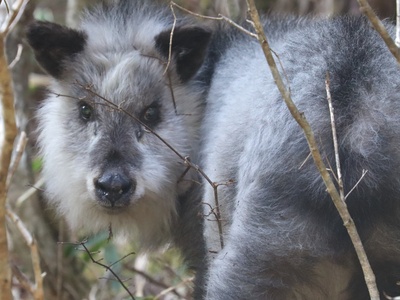
Serow
The serow is a goat-antelope that is vulnerable and sparsely distributed in Thailand’s mountainous areas. Shy and cliff-adapted, serow face hunting pressure and habitat disturbance; they are indicators of intact montane forest ecosystems.

Binturong
The binturong, or “bearcat,” is vulnerable and uncommon in Thai forests. Arboreal and nocturnal, it’s threatened by deforestation and the pet trade; notable for its popcorn-like scent and role as a seed disperser in rainforests.

Baer’s pochard
Baer’s pochard is a critically endangered diving duck and a very rare winter visitor to Thailand’s wetlands. With dramatic range collapse across Asia, any Thai sightings are conservation alerts and underscore wetland protection needs.
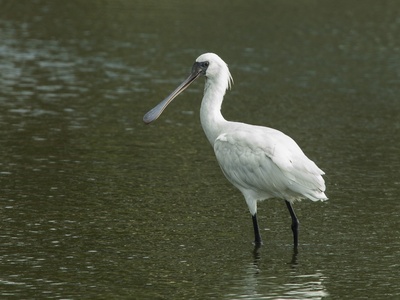
Black-faced spoonbill
The black-faced spoonbill is an endangered migratory wader and an uncommon winter visitor to Thai estuaries. Its spoon-shaped bill and restricted global population make Thai coastal wetlands important stopover and foraging sites for this scarce species.


